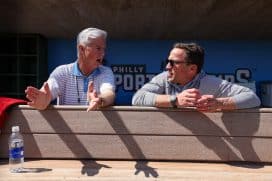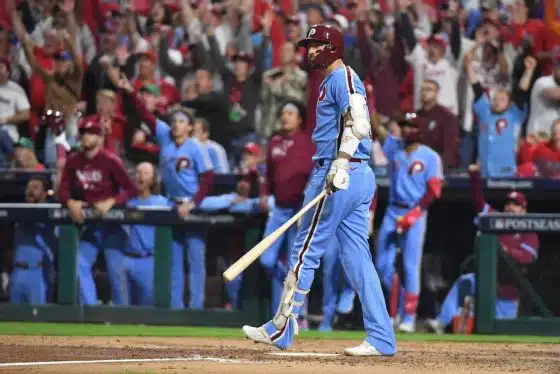Flyers
Agreement Reached on CBA Extension Between NHL, NHLPA
By Kevin Durso, Sports Talk Philly editor
Less than 24 hours after a tentative agreement was reached on return-to-play protocols for Phases 3 and 4, the NHL and NHLPA announced they have reached a tentative agreement on a Memorandum of Understanding that adds four more years to the current Collective Bargaining Agreement.
As part of the tentative agreement, the reported dates for reporting to training camp for Phase 3, the travel to hub cities ahead of Phase 4 and the start of Phase 4 have been established. Phase 3 would begin on July 13 with clubs traveling to hub cities on July 26 and the start of the qualifying and Round Robin games to begin on Aug. 1.
Those dates and the rest of the agreement are subject to the approval of the NHL’s Board of Governors and the NHLPA Executive Board. Following ratification by both parties, it will then be brought to a full membership vote of the NHLPA. A majority vote is required for ratification to be complete.
This process will take place over the next few days — expected to be about a 72-hour process. Both the NHL and NHLPA stated in a press release that there will be no further comment on those processes until they are completed.
While a lot of the framework of the return-to-play protocols were already revealed, there is plenty to review with the CBA agreement.
The new CBA will last until the end of the 2025-26 season, creating an extended period of labor peace. The term can reportedly be extended one year if the escrow debt from the 2019-20 owing to owners exceeds $125 million at the end of the deal.
The salary cap will remain frozen at $81.5 million and remain there until hockey-related revenue returns to $4.8 billion, the amount that was projected for the current season prior to the pandemic.
As previously reported, the new CBA is expected to also allow for NHL players to be able to participate in the Olympics in both 2022 and 2026. That is pending negotiations with the IIHF and IOC.
The final paycheck of the NHL players for the 2019-20 regular season, which was previously deferred throughout the pandemic, will go toward repaying the escrow debt to the owners this season. Escrow will be capped at 20 percent next season in 2020-21 and then decrease to between 14 and 18 percent in 2021-22, 10 percent in 2022-23 and then six percent for the remaining three years of the CBA. Players will also defer 10 percent of both salary and signing bonuses for the 2020-21 season, which will be paid to the players in three equal installments in the final three years of the CBA.
Among other details of the CBA, no-trade and no-movement clauses for players will travel with the player in the event of a trade, even if the player is traded before the clause takes effect. There will be no changes to signing bonuses under the new CBA. Minimum salary for players will increase from $700,000 to $750,000.
All of this is subject to the full membership vote of the NHLPA, which will take place over the next few days. Both the NHL and NHLPA will not make an official announcement on hub cities or other details of the CBA until the vote is complete, which could come by the end of this week.












































